In accordance with the latest fashion, originating from the French court of Louis XIV, the sitter wears a black coat embellished with an elegant lace fringe, an elaborate cravat of Venetian lace, and a splendid wig of brown curls. The stature of the sitter and his fashionable attire boldly demonstrate his wealth and status. This work is comparable to other works by Voet circa 1670-75 when he was working in Rome - the lace collar set against dark robes recurs in various paintings by the artist. The finely depicted face, the softly curling hair, and the resplendent lace collar are exemplary, and indicative of an artist that knew how to depict the heart-and-sole of his subject.
This dashing young gentleman most likely had this portrait painted upon his stay in Rome on his Grand Tour. The Grand Tour which is most commonly thought to have occurred from about 1550 up to 1850, was a journey to primarily France and Italy to improve the sartorial, social and cultural awareness studying art, geography, law, languages, learning dancing and fencing, of well-born young men and to enable them to make useful contacts and to introduce them to foreign lands and cultures. Gentleman from many countries took the tour but it was particularly popular in Britain and it had a huge impact on Britain’s cultural, social, political, architectural, gastronomic, sartorial and artistic evolution. Among its many and far-reaching influences, it fuelled the transformation of Britain’s finest historic houses and provided much of their contents, defined the syllabi of many English preparatory schools, and introduced the authoritative architectural language of neoclassicism to British governmental and institutional buildings. Since there were few museums anywhere in Europe before the close of the eighteenth century, Grand Tourists often saw paintings and sculptures by gaining admission to private collections, and many were eager to acquire examples of Greco-Roman and Italian art for their own collections.
Most men went for two months but some for many years. This was an expected event in the early lives of the upper classes and viewed as mandatory to an individual’s maturity. Grand Tourists were keen to record what they saw and would sketch the sights themselves. This was a period, after all, when all educated English men and women were taught how to draw – the notion of picking up a pencil or pen was a natural one. They were accompanied by a teacher or guardian and usually incorporated Paris, Venice, Florence, Rome, and Naples. After acquiring a coach in Calais, they would ride on to Paris where they would replace their entire wardrobe (in fact they would acquire everything new - cleanliness, clothes, boots, wigs, handkerchiefs, and possibly earrings). Many of these foreign noblemen wanted to take with them a souvenir from their Tour – portraits were popular, and they looked for the best local artists to do this (the Italian vistas were commonly incorporated into the background of them), such as Voet.
Jacob Ferdinand Voet (c1639-1689) is regarded as one of the best and most fashionable portrait painters of the Late Baroque. Born in Antwerp, his ambition led him to Rome in 1663. There, he enjoyed phenomenal success, in part due to his renowned affability but also his stylish technique and attention to costume, and worked for the Papal court and the Roman nobility including the Mancini and Colonna families. He was also favoured by aristocratic foreign tourists conducting their Grand Tours of Italy. After 1679 he travelled extensively in Italy, executing numerous commissions in Como and Milan and it is probable that he also travelled to Genoa, and certainly to Florence, Modena and Parma, before again working in Rome in 1680 and 1681.
In 1684 he travelled to Lyon, France and then by 1686 he was in Paris. There, he became court painter (pittore del Re) to Louis XIV, and he also worked for the most fashionable and eminent sitters right up to his death in 1689.
His work is immediately identifiable and is very distinctive with the eyes large and evocative, often detailing the sitter’s attire and hairstyle. Examples of the artist’s work can be found in many of the best international art museums including the Prado Spain, Royal Collection UK, National Portrait Gallery UK, Hermitage Museum, Versailles France, and Rijksmuseum The Netherlands.
Similar works by the artist at auction:-
“Portrait of John Crewe (d. 1752), of Crewe Hall, Cheshire, half-length, in an organza cloak and lace cravat”
Christie's London: July 5, 2019 [Lot 00235], Old Masters Day Sale, 30x25 in. / 76x63cm
Sold for: £47,500 ($59,382)
“Portrait of a Man Wearing a Wig”
Sotheby's Paris: June 15, 2017 [Lot 00078], Tableaux, Sculptures et Dessins Anciens et du XIXe siècle, 29x24 in. / 74x61 cm
Estimate: EUR 15,000 - 20,000 ($16,726 - 22,301)
“Portrait d'homme au noeud rose”
Aguttes May 28, 2015 [Lot 00082], Tableaux Anciens, Mobilier et Objets d‘Art, 27.8 x 22.2 in. / 70.5 x 56.5 cm
Sold for: EUR 48,450 ($52,858)
Provenance: Countess Hedwig-Huberta Maria von Bressler (nee von Matuschka) (born 1869). She was the wife of Baron Karl von Bressler (d.1894) and the daughter of Count Matthias von Matuschka, Baron of Toppolczan and Spaetgen (b.1840) and Countess Hedwig Henriette Friederike Dorothea Rosalie Erdmantine of Matuschka (b.1844).
The House of Matuschka is an old aristocratic family, originating in the 13th century in Bohemia, and later in Upper Hungary (today's Slovakia) in the 15th century and Silesia in the 18th century. The ancestral castle was Toppolczan (in Bohemia). The family was awarded a coat of arms and given the title “von Toppolczan” by King Sigismund I of Poland in 1519 for their services to the Polish crown. Since 1747 the family has held the titles and names of Count von Matuschka, Freiherr von Toppolczan and Spaetgen. The current Count is Karl Graf Matuschka.
Measurements: Height 92cm, Width 77cm, Depth 7cm framed (Height 36.25”, Width 30.25”, Depth 2.75” framed)





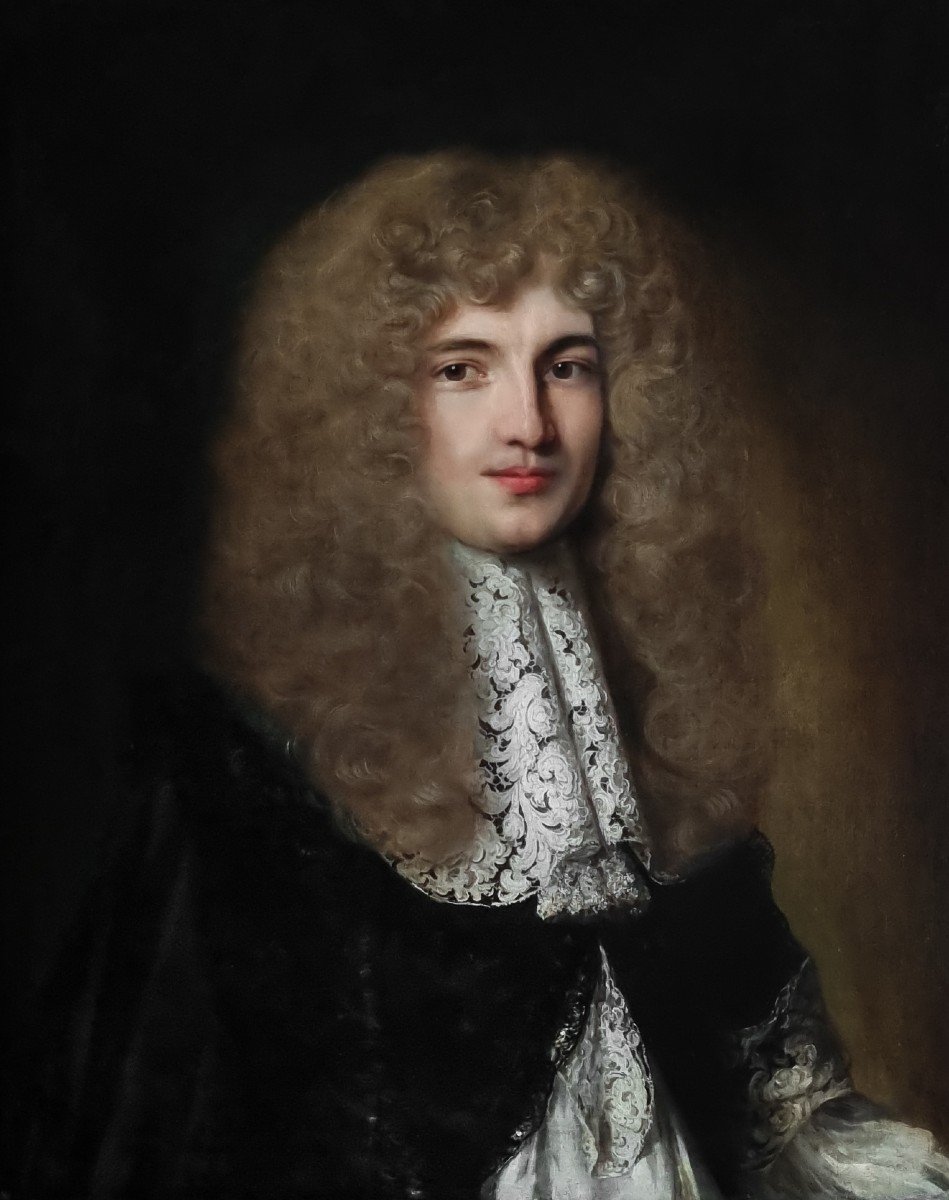
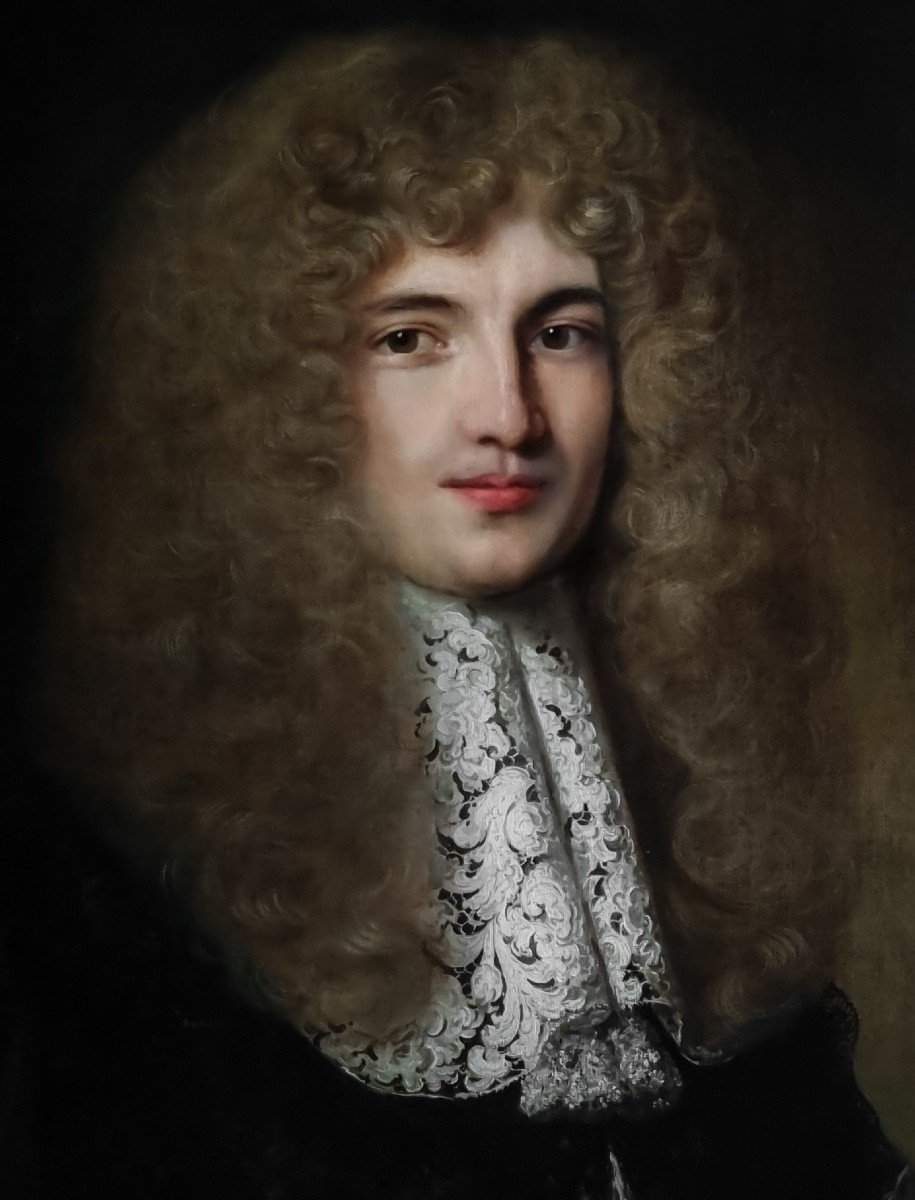
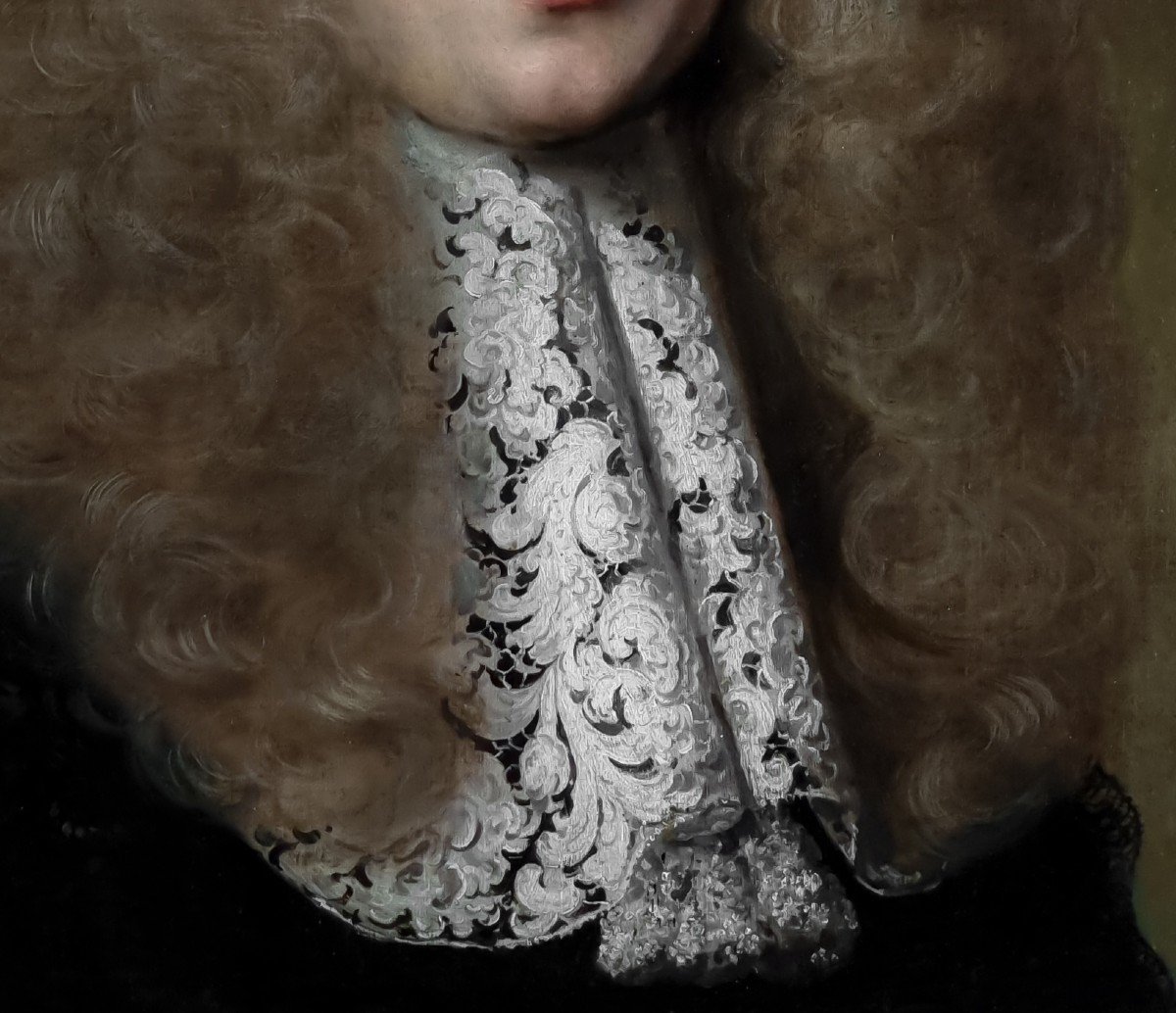
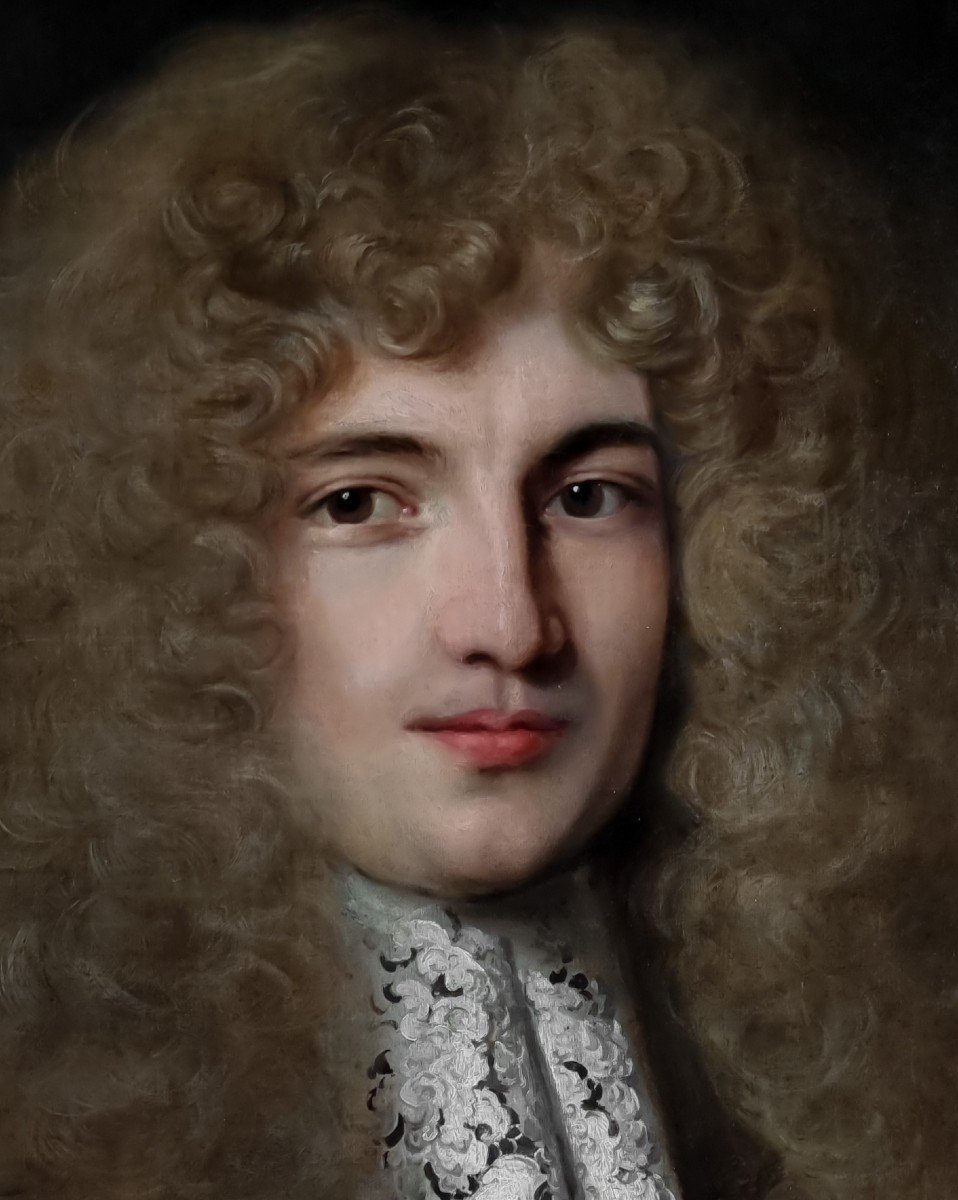
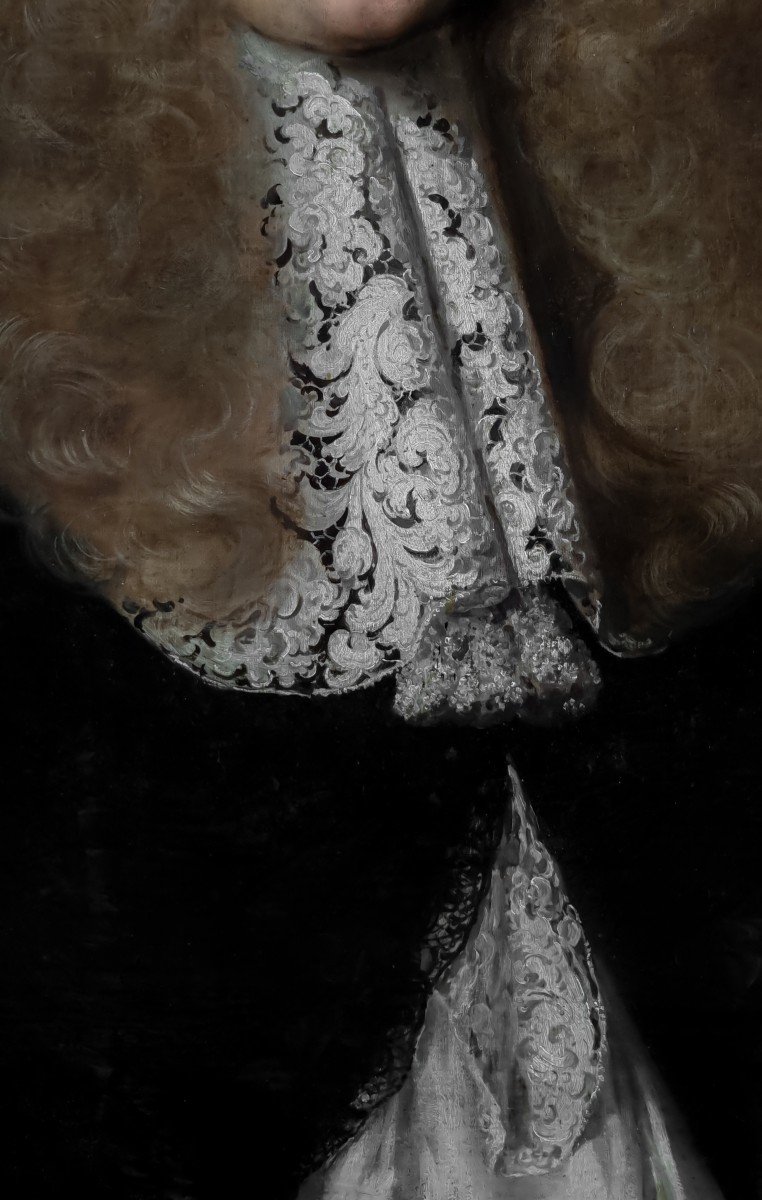
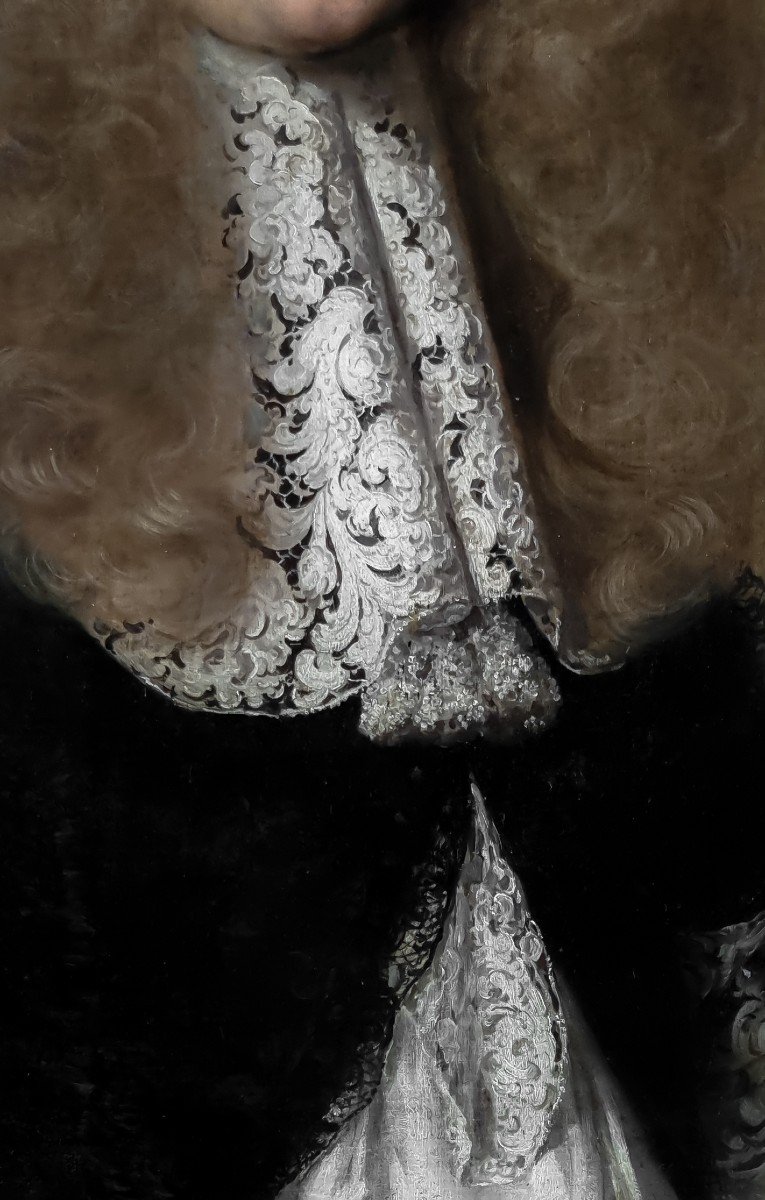

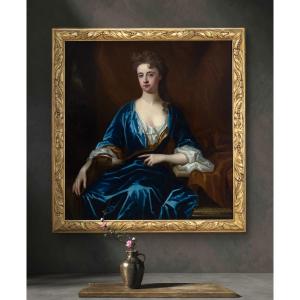
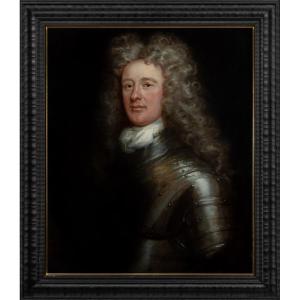
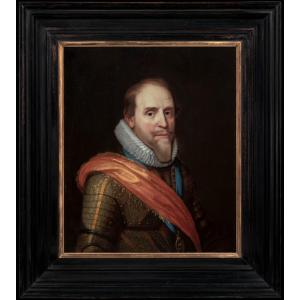




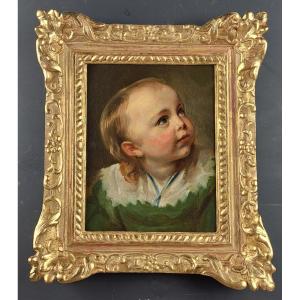

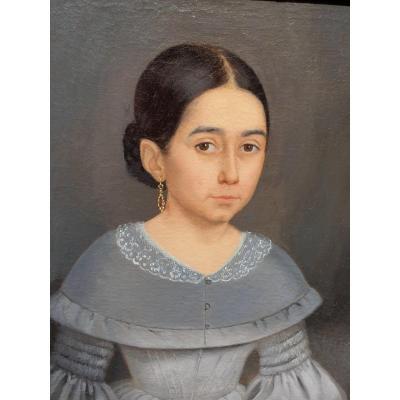




 Le Magazine de PROANTIC
Le Magazine de PROANTIC TRÉSORS Magazine
TRÉSORS Magazine Rivista Artiquariato
Rivista Artiquariato
